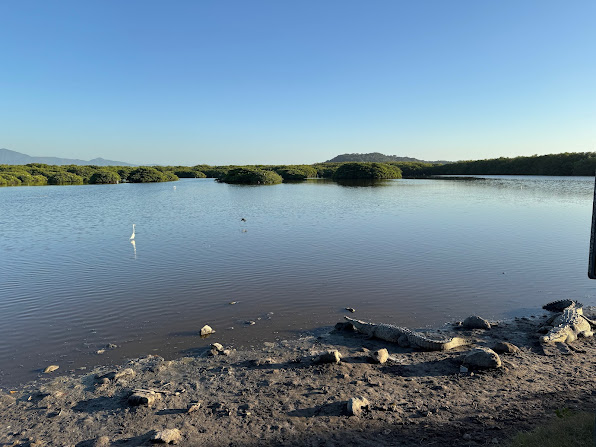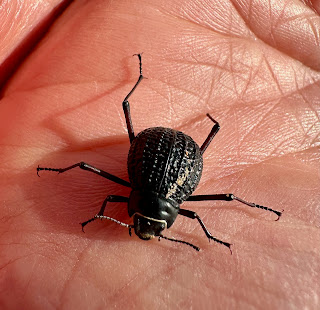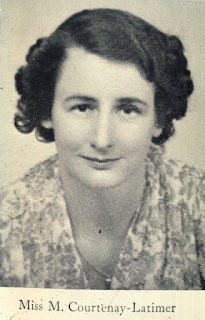We spotted this Black-throated Magpie-Jay (Cyanocorax colliei) in the late afternoon in Puerto Vallarta on the Pacific Coast of Mexico in February. It was one of a small group that sat long enough for a photograph. I had to pinch myself in order to remind me which continent I was on since this bird resembles in flight, jizz and general coloration the Red-billed Blue Magpie (Urocissa erythroryncha) found in Hong Kong. It was good that we also saw this species further up the coast near the town of San Blas from where the original specimen was sent to London.
 |
| Alexander Collie |
Educated in Edinburgh and London, a Fellow of the Royal College of Surgeons, Alexander Collie (1793-1835) was the ship’s surgeon on board HMS Blossom, a ship specially fitted out for exploration of arctic waters. Blossom (1806-1848) was commanded by Frederick William Beechey (1796-1856), a future rear-admiral, Fellow of the Royal Society and President of the Royal Geographical Society. His job was to explore the north-west Pacific, particularly the Bering Strait, in the hope of finding a Northwest Passage to the Atlantic. The famous expedition took nearly three years from 1825. The naturalist on board was not Collie, as I have seen stated, but George Tradescant Lay (c1800-1845).
HMS Blossom reached San Blas, 100 miles north of Puerto Vallarta, on the way back from the north on 20 December 1827. I have read that ships of the Royal Navy often used San Blas as a victualling stop when operating in the eastern Pacific.
 |
| Nicholas Vigors |
Back in London, Nicholas Aylward Vigors (1785-1840) described the ornithological results in a chapter for the zoological account of the expedition. There were several ‘new’ species. This spectacular corvid named for Collie was one of them. Beechey was not left out; the Purplish-backed Jay (now Cyanocorax beecheii) from the same part of Mexico was named for him. Vigors, the first Secretary of the newly established Zoological Society of London was at the time also heavily involved in the opening and early growth of London Zoo, the formation of a museum for the Society, as well as a practising barrister. The offices, library and museum were at 33 Bruton Street.
Vigors published preliminary account of the birds from Beechey’s expedition in the Zoological Journal in 1829:
Frederick William Beechey
Captain Beechey, on his return from the late expedition to the Western shores of North America, having kindly transmitted to me the publick collection of birds formed during that expedition, for the purpose of making a catalogue of them for the Appendix to the forthcoming account of his voyage, and several other species also from the same locality, but not existing in the publick collection, having been presented to the Zoological Society from various quarters, I have had the pleasing opportunity of observing among them many species which are rarely found in our home collections, as well as a few which appear altogether new to science. Being aware of the advantages arising from the speedy publication of such recent acquisitions, and presuming that some time must elapse before the Account of the Voyage will appear, I have requested and obtained Captain Beechey's permission to give a brief account of a few of the more interesting species in our Journal, previously to their appearing more at large in the Appendix to his work. In this undertaking I shall confine myself merely to the technical description of the birds. The more valuable part of the account of them will be reserved for the more detailed work; in which I may here venture to promise much interesting information, extracted from the journal of Mr. Collie, Surgeon, and Mr. Tradescant Lay, Naturalist, to the expedition. The notes of these gentlemen not only furnish us with the habits and localities of the birds which have been brought home, but also with what is rarely attended to by collectors abroad, an account of their internal structure.
There follows the description of the two new species. Here is Mr Collie’s bird:
PICA COLLIEL.
Pica macula subrictali, corporeque suprà caruleis; fronte, cristá, genis, colloque inferiore nigris; corpore subtus, rectricumque externarum apicibus albis, caudú elongatissimá.
Crista erecta, elongata, antrorsum spectans, facies pectusque intensê nigra. Supercilia, colli latera, pectusque medium albo notata. Tectrices inferiores alba. Rectrices quatuor media suprà carulea, subtùs nigrae. Longitudo corporis ab apice rostri ad apicem cauda, 2 Ped., 4 Unc.; rostri, 1 7/10 ; ale a carpo ad remigem 5tam, 8; cauda ad apicem rectricis media, 19½; externa, 6 ; tarsi, 2.
This beautiful species, which was met with at San Blas, was not in the publick collection sent to me by Captain Beechey. The specimen from which the above description was taken, was presented to the Zoological Society by A. Collie, Esq., Surgeon to the Blossom, to whose exertions, during the expedition, natural science owes many important obligations. To him I beg leave to dedicate the species.
 |
| HMS Blossom leaving Spithead 19 May 1825 |
 |
| Fort San Basilio, San Blas Built in 1760, the fort overlooks the whole area of San Blas and the sea |
Vigors NA. 1829. On some species of birds from the north-west coast of America. Zoological Journal 4, 352-358.







.jpeg)





























